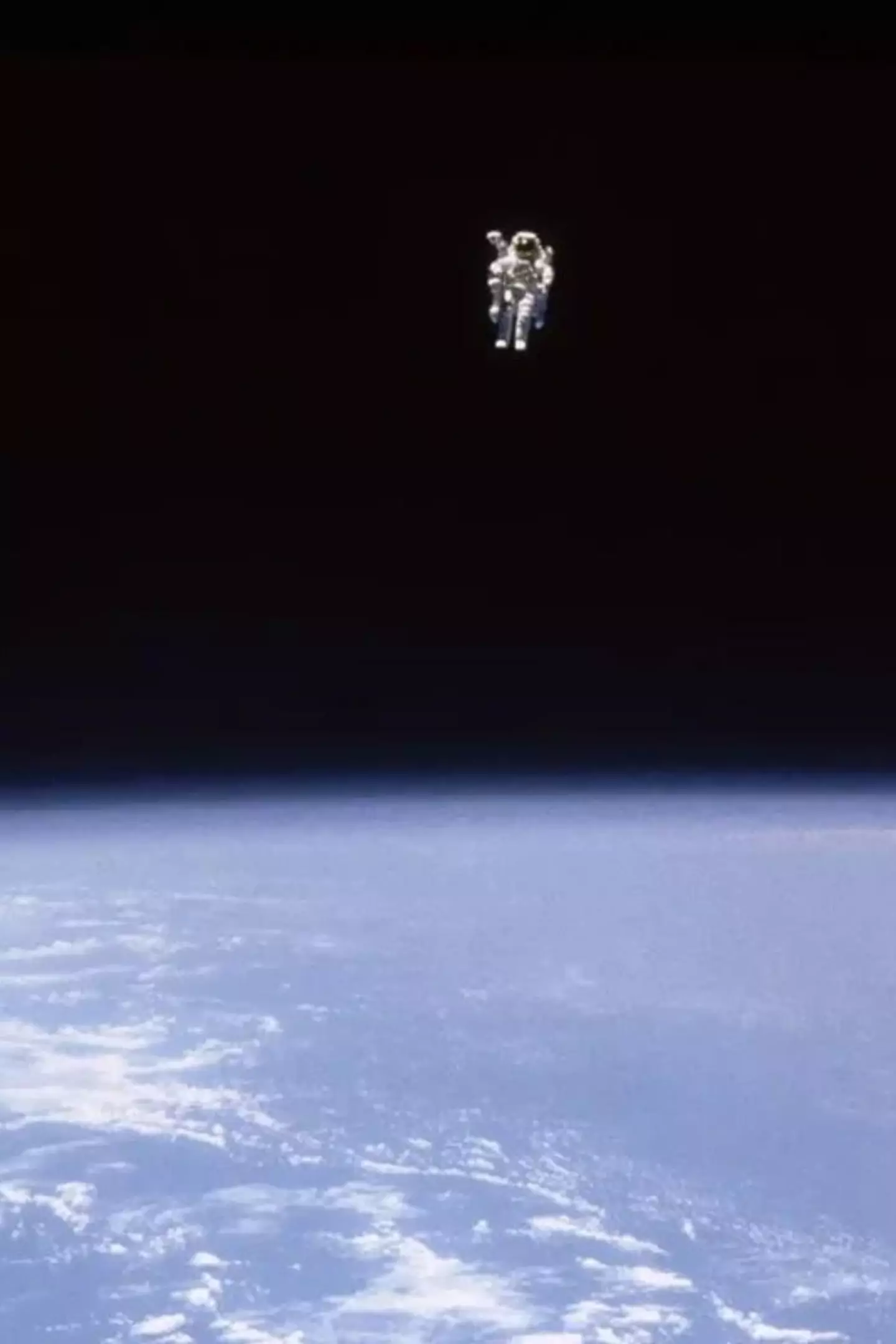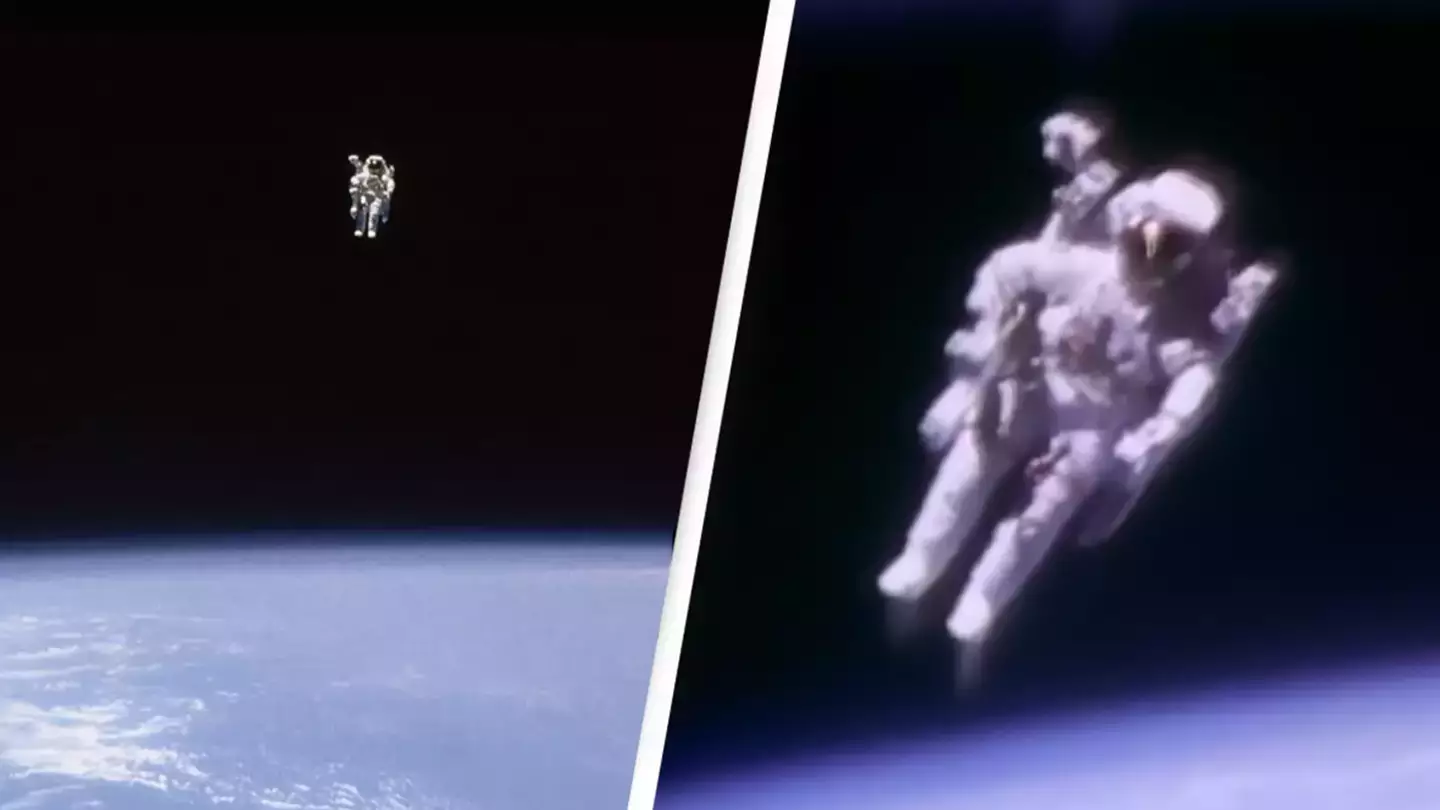When astronaut Bruce McCandless II ventured out into the vastness of space untethered, the resulting image became known as NASA’s ‘most terrifying space photo.’ The thought of being in space alone can send shivers down the spine, given the enigmas it holds—from potential alien megastructures to unexplained growths outside the International Space Station. But what could be more terrifying than a human floating freely in the void?
In 1984, McCandless, then an 80-year-old American aviator, and his colleague Bob Stewart, embarked on a historic spacewalk. They utilized Manned Manoeuvring Units (MMUs) to navigate the cosmos without physical ties to their spacecraft, reaching speeds of about 28,900 kilometers per hour on February 7, 1984. Iconic photographs captured from the Challenger space shuttle show McCandless serenely hovering above Earth—a nerve-wracking sight for anyone with Astrophobia.
Thirty-one years after making history with the first-ever untethered spacewalk, McCandless shared with The Guardian that the event was not without its internal concerns at NASA.

“My wife was at mission control, and there was quite a bit of apprehension,” he recounted. Although the moment was intense, McCandless himself didn’t feel the terror visually conveyed in the photos.
Seeking to lighten the mood during his monumental spacewalk, McCandless recalled, “I wanted to say something similar to Neil [Armstrong] when he landed on the Moon, so I said, ‘It may have been a small step for Neil, but it’s a heck of a big leap for me.’ That loosened the tension a bit.”
Despite the silence expected in the vacuum of space, McCandless’s experience was quite the opposite; his radio buzzed constantly with questions, filling the void. Ironically, during his six-hour and 45-minute walk, he remained unaware of his rapid speed, only perceiving motion when gazing at Earth below.
.jpg) “I was traveling at more than 18,000 miles an hour, but wasn’t aware of it, because the shuttle was going at the same speed,” he explained.
“I was traveling at more than 18,000 miles an hour, but wasn’t aware of it, because the shuttle was going at the same speed,” he explained.
McCandless noted the comforting sight of the Florida peninsula from space, expressing how reassuring it was to recognize something familiar. “It was a wonderful feeling, a mix of personal elation and professional pride: it had taken many years to get to that point,” he reflected.
By the end of his career, McCandless had accumulated over 312 hours in space, with four of those hours in MMU flight. After retiring from NASA in 1990, he worked for Lockheed Martin Space Systems. McCandless passed away in late 2017 and was laid to rest at the United States Naval Academy Cemetery in Annapolis on January 16, 2018.

